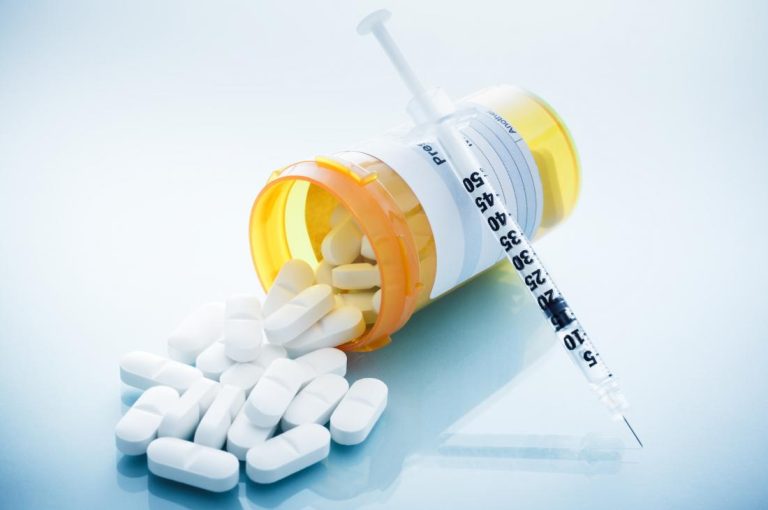Diabetes is a chronic condition that affects millions of people worldwide. Managing diabetes effectively often involves a combination of lifestyle changes and medications. Understanding the different types of diabetes medications available is crucial to finding the right treatment plan for you. This article will guide you through the various options, focusing on how these medications work and their role in diabetes treatment.
Understanding Diabetes and Its Types
Before diving into diabetes medications, it’s important to understand the two main types of diabetes: Type 1 and Type 2.
- Type 1 Diabetes: This is an autoimmune condition where the body attacks the insulin-producing cells in the pancreas, leading to little or no insulin production. People with Type 1 diabetes require insulin therapy for life.
- Type 2 Diabetes: This type is more common and occurs when the body becomes resistant to insulin or doesn’t produce enough. Type 2 diabetes can often be managed with lifestyle changes and medications, but insulin may also be necessary.
The Role of Insulin in Diabetes Treatment
Insulin is a hormone that regulates blood sugar levels. In people with diabetes, insulin therapy is often required to help control blood glucose levels.
- Rapid-Acting Insulin: This type of insulin starts working within minutes and is typically used to control blood sugar spikes after meals. Examples include insulin lispro and insulin aspart.
- Long-Acting Insulin: These insulins provide a steady level of insulin throughout the day and night, helping to maintain consistent blood glucose levels. Examples include insulin glargine and insulin detemir.
- Combination Insulin: Some patients may use a combination of rapid-acting and long-acting insulin to manage their blood sugar more effectively.
Oral Medications for Diabetes Treatment
Oral medications are commonly prescribed for people with Type 2 diabetes. These medications work in various ways to lower blood sugar levels.
- Metformin: Often the first medication prescribed for Type 2 diabetes, metformin works by reducing glucose production in the liver and improving the body’s sensitivity to insulin. It is widely used due to its effectiveness and relatively low risk of causing hypoglycemia (low blood sugar).
- Sulfonylureas: These drugs stimulate the pancreas to release more insulin. Common examples include glipizide and glyburide. They are effective in lowering blood sugar but may cause hypoglycemia and weight gain.
- DPP-4 Inhibitors: Dipeptidyl peptidase-4 (DPP-4) inhibitors, such as sitagliptin, help increase insulin production and decrease glucose production. They have a lower risk of causing hypoglycemia compared to other medications.
- SGLT2 Inhibitors: Sodium-glucose co-transporter-2 (SGLT2) inhibitors, like empagliflozin, work by preventing the kidneys from reabsorbing glucose back into the blood, leading to its excretion through urine. These medications can help with weight loss and have cardiovascular benefits.
Injectable Medications Beyond Insulin
Aside from insulin, other injectable medications are available for managing diabetes.
- GLP-1 Receptor Agonists: Glucagon-like peptide-1 (GLP-1) receptor agonists, such as liraglutide and exenatide, enhance insulin secretion and slow down digestion. They help reduce blood sugar levels and promote weight loss, making them a popular choice for people with Type 2 diabetes.
- Amylin Analogues: Pramlintide is an example of an amylin analogue, a synthetic form of a hormone co-secreted with insulin by the pancreas. It helps control blood sugar levels by slowing the absorption of glucose from the stomach and reducing the release of glucose by the liver.
Managing Side Effects and Risks
While diabetes medications are essential for managing the condition, they can come with side effects. It’s important to work closely with your healthcare provider to monitor and manage any potential issues.
- Hypoglycemia: Some diabetes medications, particularly insulin and sulfonylureas, can cause low blood sugar. Symptoms of hypoglycemia include dizziness, sweating, and confusion. Managing your diet and regularly monitoring blood sugar levels can help prevent this.
- Weight Gain: Certain medications, such as insulin and sulfonylureas, may lead to weight gain. Incorporating a healthy diet and regular exercise into your routine can help counteract this effect.
- Gastrointestinal Issues: Medications like metformin can cause gastrointestinal side effects, such as nausea and diarrhea. Taking the medication with food and starting with a low dose can help reduce these side effects.
Personalized Diabetes Treatment
Diabetes treatment is not one-size-fits-all. Your treatment plan should be tailored to your specific needs, taking into account factors such as the type of diabetes you have, your lifestyle, and any other health conditions.
- Combination Therapy: In some cases, combining different types of diabetes medications can provide better blood sugar control. Your healthcare provider will help determine the best combination for you.
- Lifestyle Modifications: Medications are just one part of diabetes treatment. A healthy diet, regular physical activity, and weight management are crucial components of managing diabetes effectively.
- Regular Monitoring: Keeping track of your blood sugar levels, A1C levels, and any potential side effects is essential. Regular check-ups with your healthcare provider ensure that your treatment plan remains effective and safe.
Conclusion
Understanding the various diabetes medications available and how they fit into your overall diabetes treatment plan is key to managing your condition effectively. By working closely with your healthcare provider and staying informed about your options, you can take control of your diabetes and lead a healthier life.





